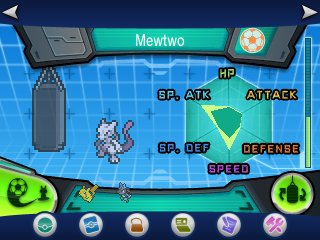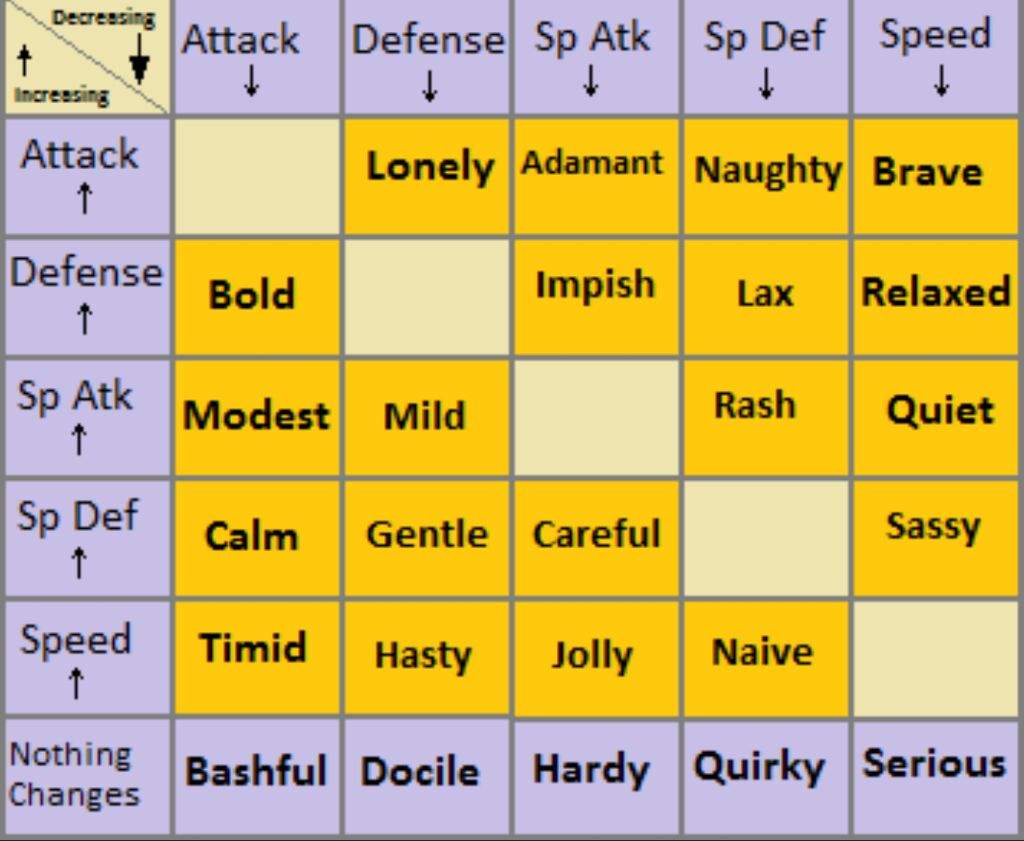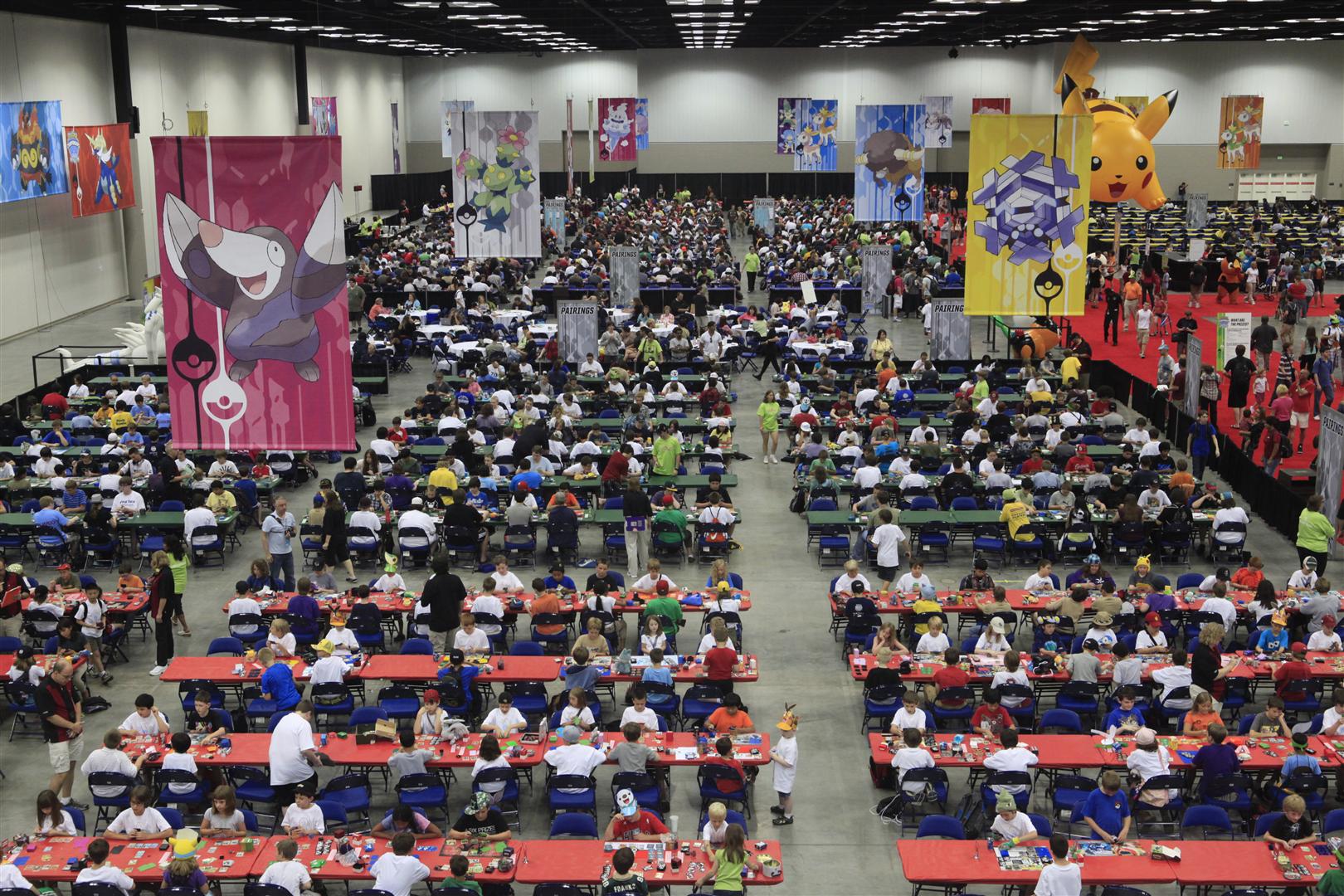With the Pokemon World Finals wrapping up, it’s time for a new generation of trainers to start practising for next year’s event. Moving from mastery of in-game events into the competitive field is a daunting task. But don’t worry! We’re here, holding your hand, showing you everything you need to know to start trouncing foes on the battlefield.
In this week’s article, we start by examining some of the most basic elements you’ll need before beginning your quest. Today is going to be all about the different elements that you can use to affect your Pokemon’s stats.

Know Your EVs
EVs, otherwise known as Effort Values, are one of the biggest parts of Pokemon training. EVs are gained in every battle in which the Pokemon gains experience. By battling certain types of Pokemon, you can gain EVs in different stats. There is a bit of maths involved. Lets take a look at the numbers:
- EVs translate into stat points at a ratio of 4:1 – every 4 EVs means one stat point by Lv100
- A Pokemon can have a maximum of 510 EVs
- One stat can have a maximum of 255 EVs
With this, we can see that EVs can give two of a Pokemon’s status a 63 point increase (255/4), which is monumental. You might be tempted to go ahead and max out the EVs in a couple of stats, and that’s fair. Here’s a small tip: Pokemon always rounds down, and 255 doesn’t divide cleanly by 4. 252 does. If you want to max out your EVs, try a 252/252/6 spread. You’ll be able to squeeze one extra point out of this build versus a straight 255/255.
As you get more comfortable with EVs, you’ll be able to customise builds to suit your needs but for those of you just starting out, don’t be afraid to use the 252/252/6 spread or borrow EV spreads from a site such as Smogon. In later chapters, we will look at how to customise our EV spreads to tailor certain Pokemon to your needs.

Understanding IVs
Individual Values, IVs, are important for a couple of reasons. When a Pokemon is generated (encountered in grass, a legendary being spoken to), each stat is given an IV between 0 and 31. By Lv100, each stat will have its IV in stat points. That means that a Gengar with a 31 Speed IV will have precisely 30 more Speed than a Gengar with a 1 Speed IV, all other things equal.
Making sure that your Pokemon has good IVs can be a time consuming process but it’s vital because even one stat point can mean the difference between acting first and not.
IVs have a second function, however. The combination of even and odd IVs determines that the type of Hidden Power when used by that Pokemon. It isn’t necessary to memorise these combinations. There are plenty of resources online that will help you plan out what IVs you need to make certain Hidden Power types.
Much Ado about Natures
Natures are another important part of shaping up your team. All in all there are sixteen different natures and each one has a distinct effect.
By and large, natures will benefit one stat at the expense of another. For example, a Timid Pokemon has boosted Speed but lowered Attack. Whereas a Jolly Pokemon also has boosted Speed but at the expense of its Special Attack.
Some natures are neutral to all stats. Ignore these. In three years of battling, I never found a single time that I couldn’t sacrifice one stat to greatly benefit another.
A nature works by giving the boosted stat an extra 10% while taking 10% away from the decreased stat. For moderate-to-high base stats, we start seeing stats comfortably in the 300+ range. In these cases, natures can easily garner an extra 30 points into any given stat.
Here are some natures you’ll want to pay attention to:
- For Speed
- Timid (+Spe, -Atk) – Special Attackers that need to outrun other Pokemon around the same base stat
- Jolly (+Spe, -SpAtk) – Physical Attackers that need to outrun other Pokemon around the same base stat
- Hasty (+Spe, -Def) – Mixed Attackers that need to outrun other Pokemon around the same base stat
- For Special Attack
- Modest (+SpAtk, -Atk) – Pokemon that don’t need to compete for Speed ties with faster Pokemon
- For Attack
- Adamant (+Atk, -SpAtk) – Pokemon that don’t need high Speed investment to compete with others
Obviously these are just some of the natures you’ll be using. In most scenarios you’ll find that sacrificing the attack stat you won’t be using is the way to go.
Mixed attackers – Pokemon who use a combination of Special and Physical attacks to break through tanks dedicated to one type of defence – might need to sacrifice a defensive stat to maintain efficacy.
For example, in Gen IV, Infernape was a popular mixed attacker. A combination of Flamethrower and Close Combat meant Infernape was able to dispatch Blissey and Skarmory, the premier tanks of the time.
Research the Metagame
Now that we’ve examined how our Pokemon’s stats are shaped, our final preliminary step is to crack open the books. With each new game that gets revealed, the popular Pokemon will shift.
Sometimes all it takes is one move to slingshot a Pokemon to stardom. Before you start building your first team, do a bit of research on sites like Serebii or Smogon’s forums; and watch games on wherever you can.
While reading different Rate My Teams or strategy guides, try to build an idea of what sort of Pokemon you should expect to see.
There’s no sense building a team that isn’t equipped to deal with, say, Terrakion. As you improve, you should be able to answer every question about “How do you intend to deal with X?”

To do this, you will need to have some sense of what Pokemon are common and what they’re likely to do. There is no space for being caught off-guard by a slightly less common tactic. Doing your research now will mean that as you start to battle, you’ll have a distinct advantage over other new starters.
On the topic of new starters, see if you can convince a friend to start battling too. Having someone to test your teams on later will be a good avenue for experimentation.
So now we know the basics of how a Pokemon’s stats are put together. This is only scratching the surface of competitive battling. Moving forward we’ll begin to explore more complex techniques and even some specifics, like designing weather-based teams.
Practice up and I’ll see you next time!




